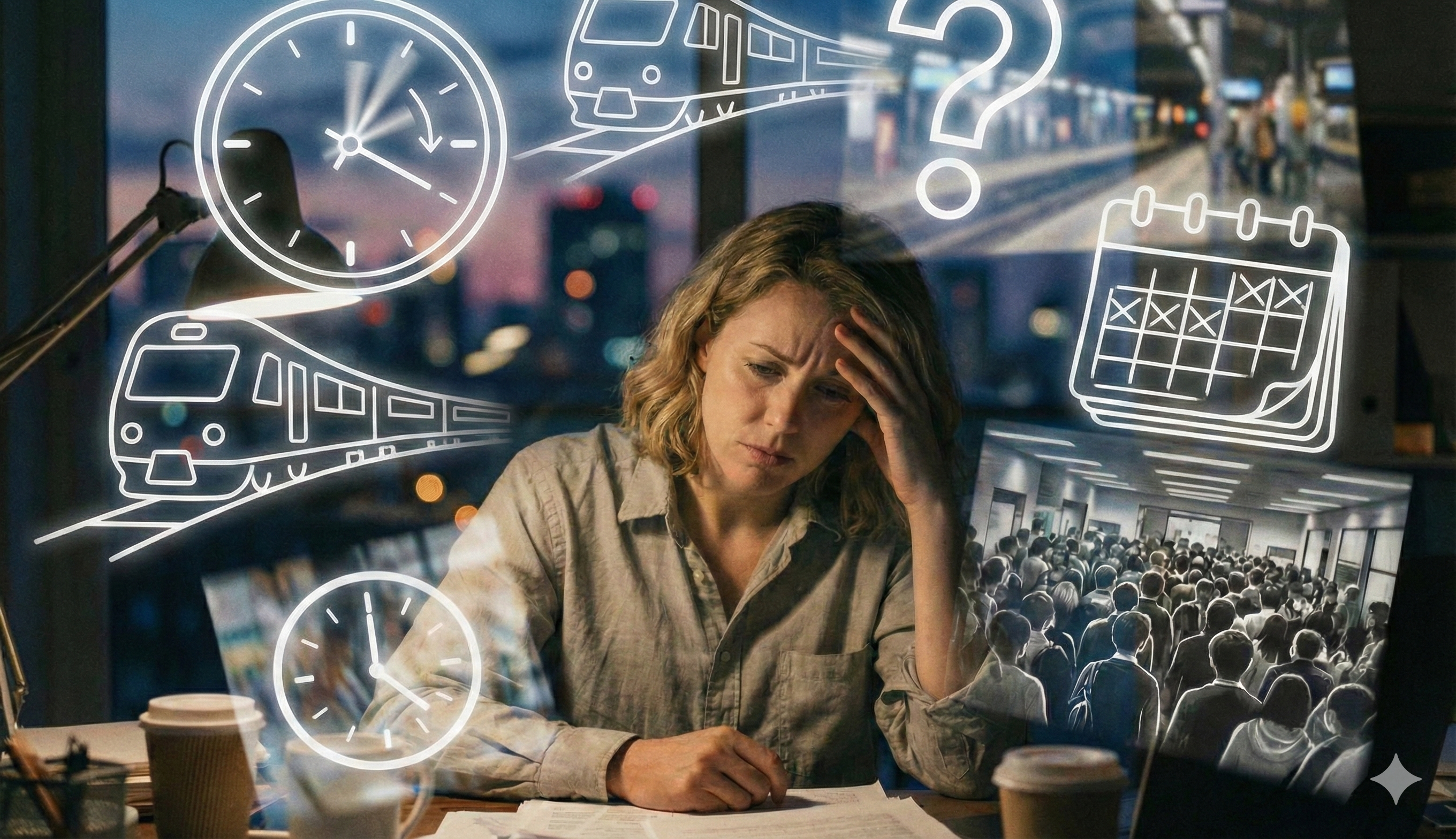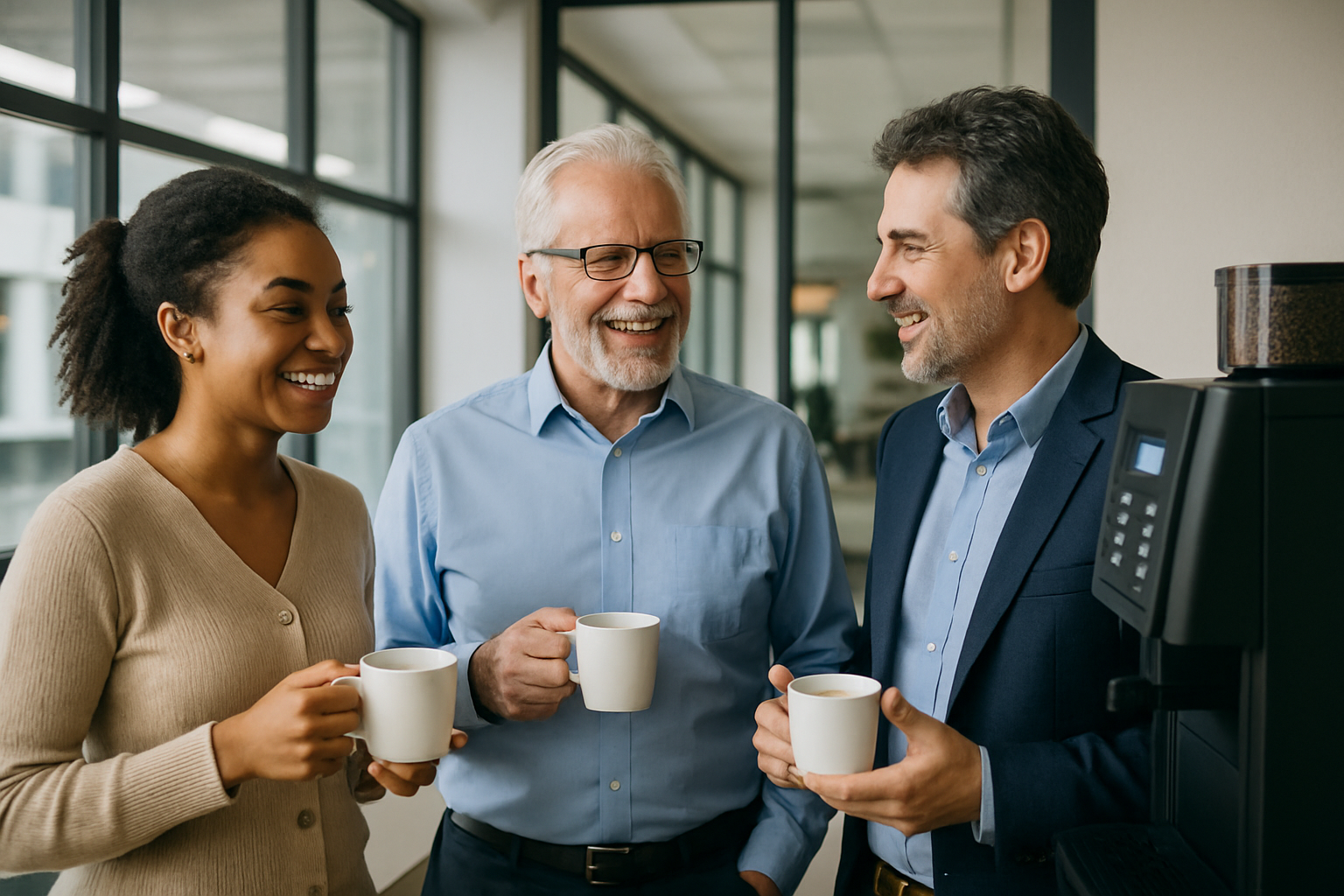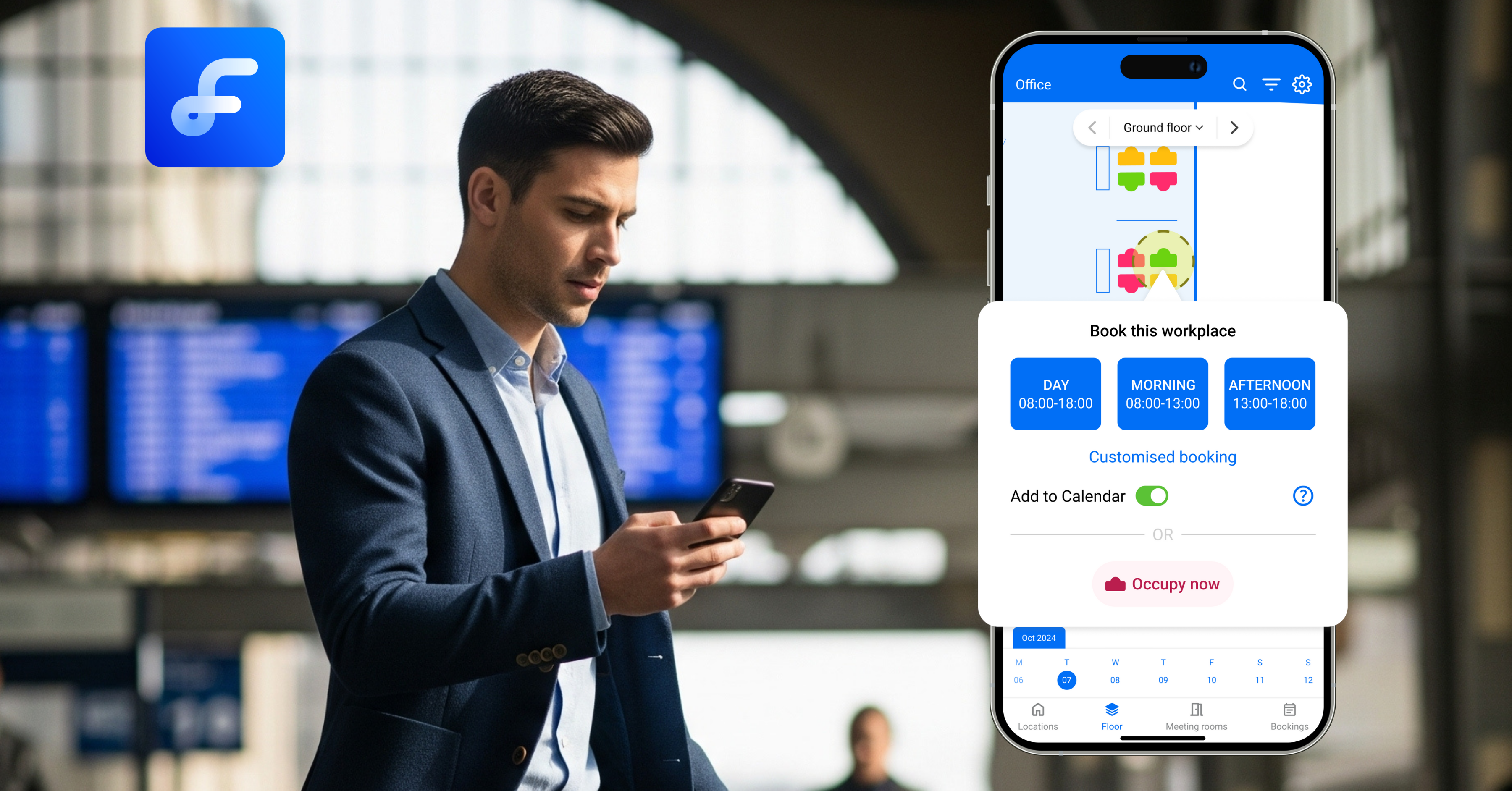
Rediscovering the third space: Belonging beyond work and home
 Contents
Contents
The COVID-19 pandemic dramatically changed our relationship with physical spaces. With offices, restaurants, gyms, and community centers suddenly closed, our homes became multi-functional hubs, merging personal and professional lives. This shift prompted us to rethink how spaces impact our well-being and where we find safety, belonging, and connection as society reopens.
1. Losing and rediscovering spaces
Before the pandemic, life was neatly divided into distinct spaces for work, leisure, and socializing. Offices, coffee shops, gyms, and community centers each served specific roles. When the pandemic hit, these spaces disappeared overnight, and homes became spaced for work, school, exercise, and entertainment.
This sudden shift blurred the boundaries between personal and professional life, creating disorientation for many. The spaces once used for relaxation now demanded productivity, virtual meetings, and homeschooling, erasing the balance that physical separation once provided.
As the world reopened, people began reflecting on what they truly missed. Where do I feel most comfortable? Where do I belong? For some, it was the structured environment of the office, while others found a deeper connection in community-oriented spaces that foster collaboration and social ties.
2. The office as a place of safety
For many, returning to the office symbolizes a return to normality and security. Beyond being a workspace, the office offered clear boundaries between work and personal life, a social environment for collaboration, and a routine that brought structure and predictability—elements deeply missed during remote work.
The office provides a sense of belonging, where interactions with colleagues and shared energy foster team-building and connection. It’s more than just a desk; it’s a collective space where individuals feel they fit in and are understood.
3. Community spaces: Cafes, parks, and the return to localism
For some, the pandemic shifted focus to community spaces like cafes and parks. Local coffee shops became more than places to grab a drink—they turned into social hubs where the buzz of conversation and familiar faces fostered a sense of connection and belonging.
The rise of localism encouraged deeper engagement with neighborhoods, where small businesses and casual interactions offered comfort and community. For many, these organic, unstructured settings felt more personal and fulfilling than the traditional office environment.
The pandemic redefined what it means to "fit in," showing that while some thrive in structured office spaces, others find belonging in the fluid, genuine connections of their local communities.
4. A new era of personal choice
The post-pandemic world has shown that our relationship with spaces is deeply personal. Some thrive in the structure of an office, while others prefer the flexibility of community spaces like cafes. The key is having environments that align with individual needs and preferences.
For employers and community leaders, this means embracing flexibility. While some need the routine of the office, others may benefit from hybrid or remote options. Similarly, local businesses and community spaces will play a vital role in offering alternative environments for work, connection, and well-being.
Conclusion
The pandemic has reshaped how we view spaces, revealing their role in our identity and sense of belonging. For some, safety and comfort are found in the familiar rhythms of the office; for others, it’s in the casual, local interactions at a café or park. In the end, it’s not about one space being better than the other, but about finding where we feel we fit in and thrive.
























%20(1).png)



